Trench 94: o cemitério de submarinos nucleares da Marinha dos EUASabemos que no planeta existe um "cemitério" para naves espaciais que chegam ao fim de vida. Mas... sabia que existe também um cemitério para os submarinos nucleares?
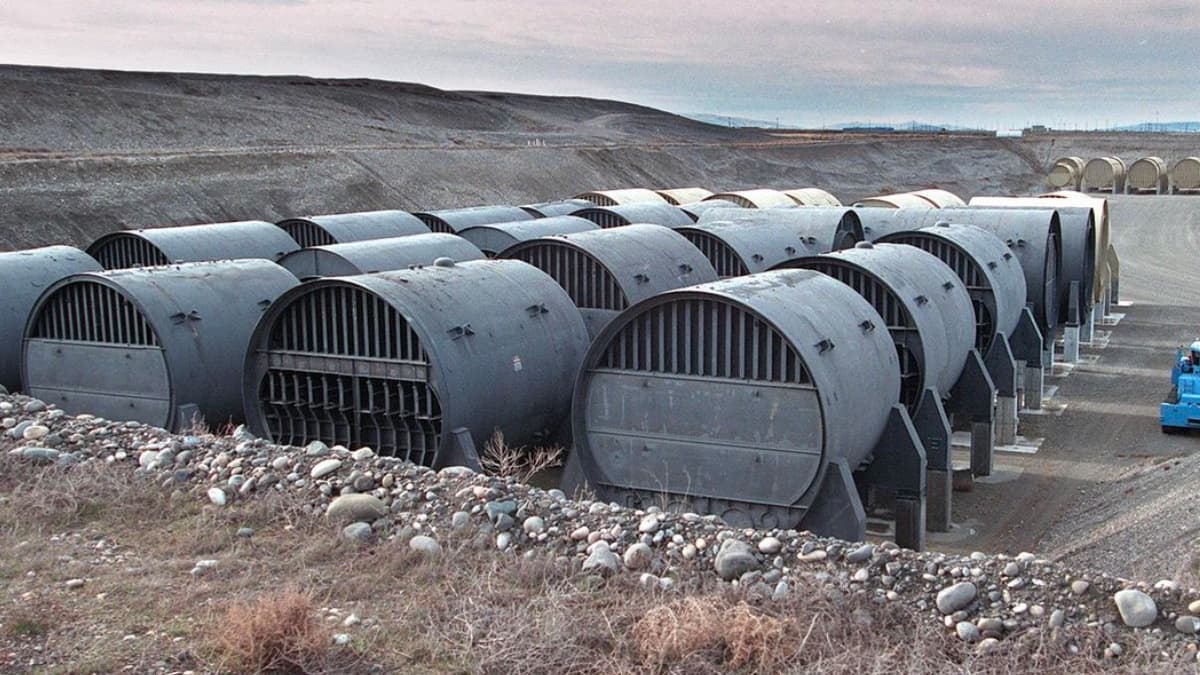
O que acontece a um submarino nuclear quando é reformado?
Já alguma vez se perguntou para onde vão os submarinos nucleares quando morrem? Bem, existe um local nos EUA, chamado Trench 94 (trincheira 94), que é efetivamente um cemitério de submarinos nucleares, contendo dezenas de peças de submarinos defuntos que são armazenadas perpetuamente.
E embora o local seja seguro e tenha sido concebido para mitigar os impactos ambientais dos seus ocupantes radioativos, o número de cascos de submarinos reformados irá provavelmente aumentar nos próximos anos.
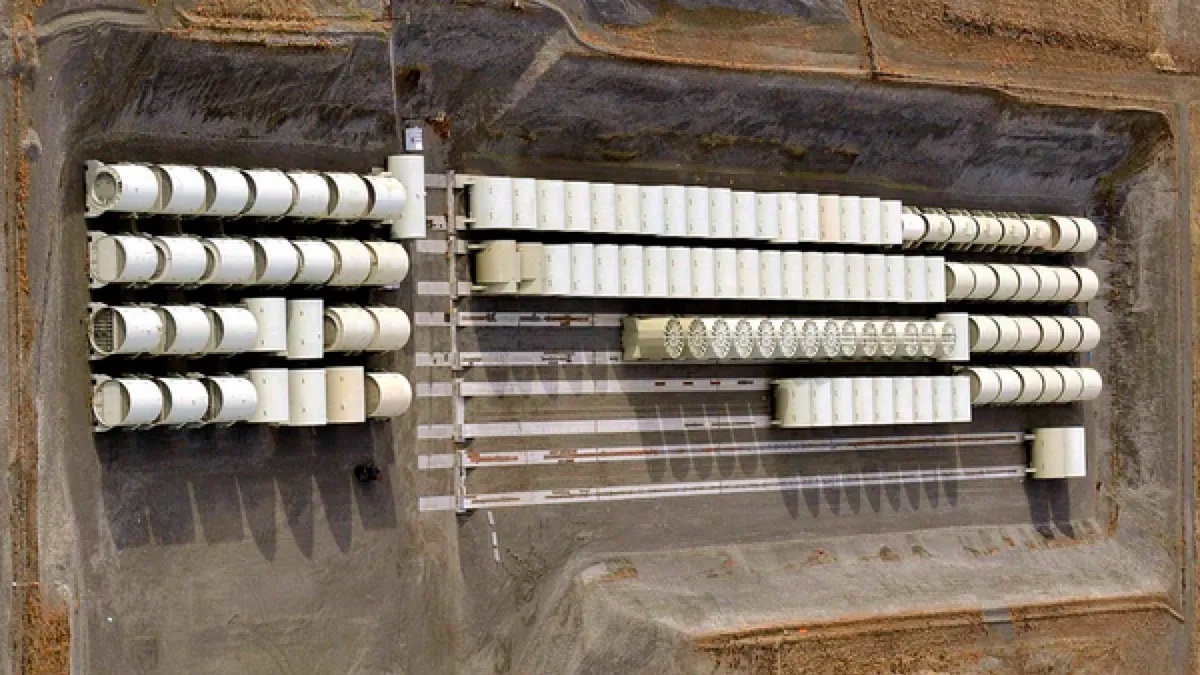
A ascensão dos submarinos nucleares
Os submarinos nucleares são um símbolo questionável de evolução tecnológica. Um dos seus trunfos é o seu combustível atómico que lhes permite um alcance ilimitado pelos oceanos do mundo. Além disso, estas máquinas de guerra podem operar durante cerca de 20 anos entre cada reabastecimento.
Durante a maior parte do seu tempo de vida, estas embarcações são apenas abrandadas pelos humanos que transportam - estes humanos incómodos e a sua necessidade de comer e descansar.
Esta capacidade de funcionar continuamente sem necessidade de reabastecimento é uma grande vantagem em tempo de guerra. Os submarinos nucleares, ao contrário dos seus congéneres a diesel, não precisam de vir à superfície para os seus motores respirarem, pelo que não correm o risco de serem detetados pelos seus inimigos.
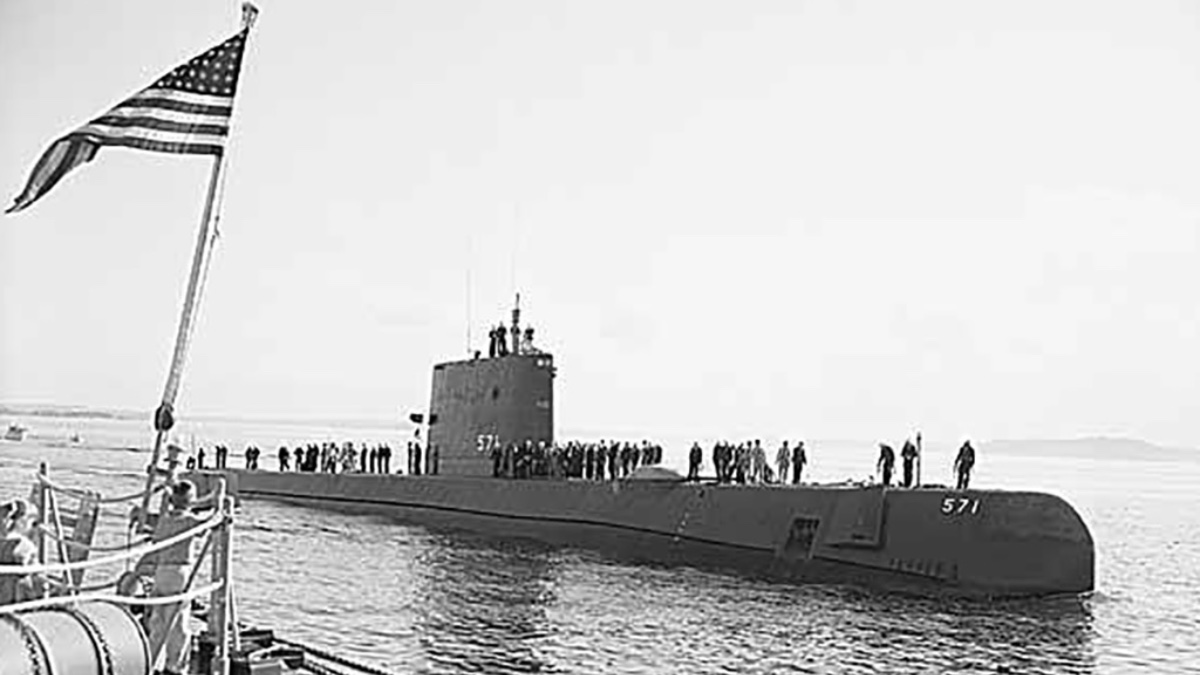
O desenvolvimento destas embarcações eficazes começou no coração da era nuclear, na década de 40, e foram testadas pela primeira vez em 1953. O primeiro submarino com propulsão nuclear, o USS Nautilus, foi finalmente lançado ao mar em 1955.
A partir daí, a tecnologia avançou rapidamente e foi desenvolvida para vários outros navios, como porta-aviões (USS Enterprise) e cruzadores (USS Long Beach). No final de 1962, a Marinha dos EUA tinha 26 submarinos nucleares em funcionamento e outros 30 estavam em construção.
Simultaneamente, a tecnologia foi partilhada com a Grã-Bretanha, enquanto outros Estados com poder nuclear (que já tinham desenvolvido e testado armas nucleares), como a França, a Rússia e a China, desenvolveram as suas próprias versões.
No final da Guerra Fria, em 1989, havia mais de 400 submarinos de propulsão nuclear em funcionamento ou em construção em todo o mundo. Atualmente, o número é muito inferior - cerca de 150 - embora o número de países que desenvolvem embarcações tenha aumentado para incluir a Índia, enquanto países como o Brasil e a Austrália estão a investigar as suas próprias opções.
Para além dos submarinos nucleares, alguns países também desenvolveram navios movidos a energia nuclear que operam para fins civis, como os quebra-gelos russos que exploram as regiões árticas. O Japão também tentou criar as suas próprias opções de navios movidos a energia nuclear na década de 1970, mas estas não chegaram a arrancar.
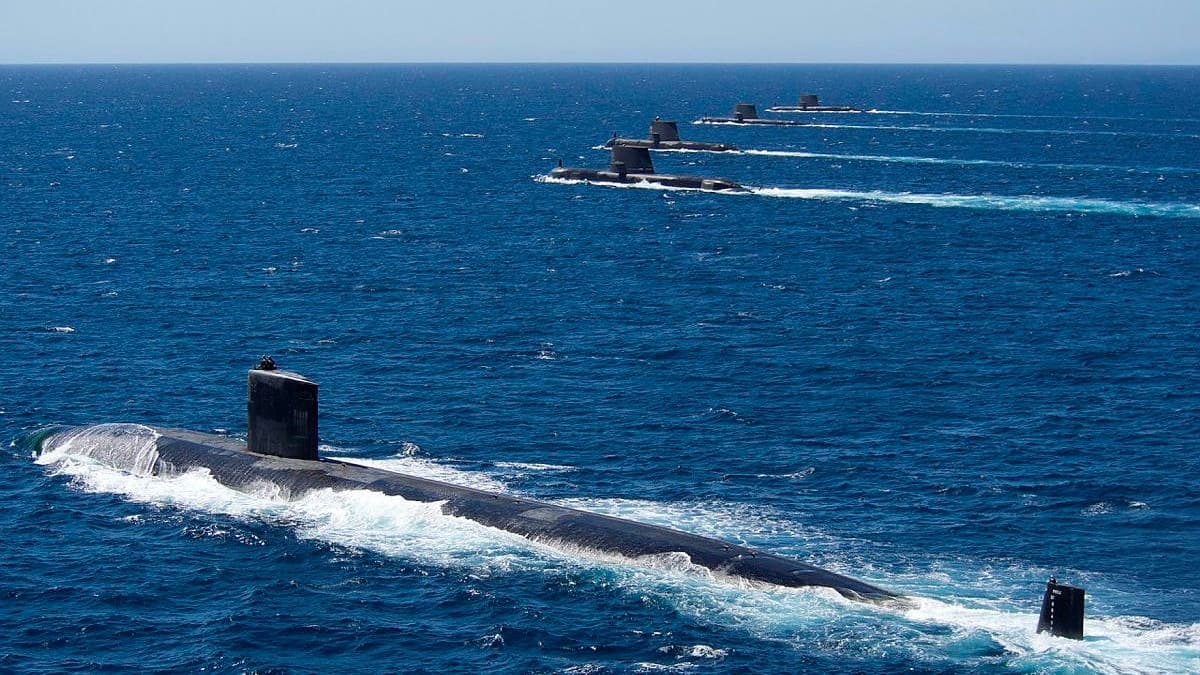
O grande cemitério de reatores
Quando os reatores são desmantelados, é necessário todo um processo para remover os seus núcleos altamente perigosos. Em primeiro lugar, as embarcações são cortadas em segmentos para remover o núcleo do reator e o seu combustível; nos EUA, o combustível é enviado para o Laboratório Nacional de Idaho. A secção que é removida contém o casco circundante, a blindagem de chumbo do reator e uma liga resistente à temperatura e à radiação, denominada Inconel 600.
Uma vez removidos, os "barris secos", como são chamados, são transportados pelo rio Columbia acima e depois descarregados no porto de Benton, onde são transportados por camião para um local em Hanford, Washington. É aqui que se situa a trincheira 94.
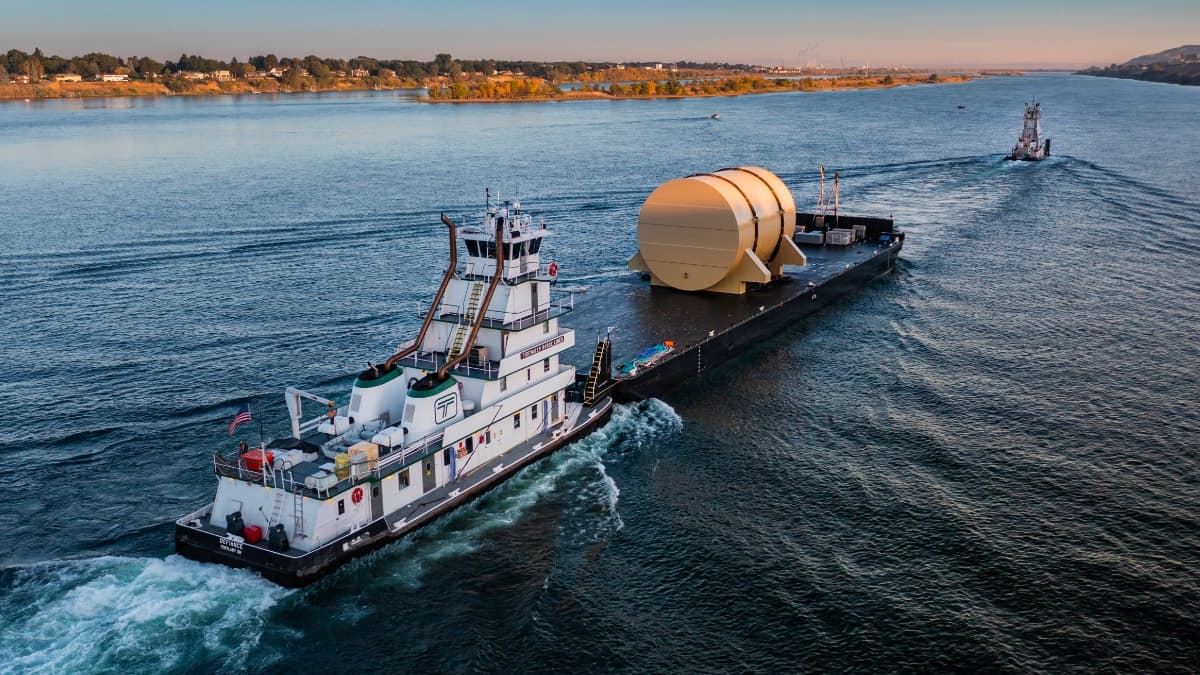
Uma vez chegados, os barris são transferidos para a trincheira a céu aberto de 1000 pés de comprimento (304,8 metros). Atualmente, existem cerca de 136 barris no local, que são visíveis a partir do Google Maps.
Os barris, conhecidos como contentores de alta integridade (HIC), foram concebidos para manter o seu conteúdo radioativo durante 300 anos e para sobreviver a danos graves.
Isso é bom para o futuro imediato, mas, tal como acontece com a maior parte do combustível nuclear, representam um desafio para as gerações futuras. De acordo com a Marinha dos Estados Unidos, cada barril contém cerca de 25 000 curies de radiação - o que mataria um ser humano em caso de exposição - e continuará a conter cerca de 250 curies daqui a 1000 anos.
https://pplware.sapo.pt/motores/trench-94-o-cemiterio-de-submarinos-nucleares-da-marinha-dos-eua/Daria um bom recheio para um míssil intercontinental

Seria um bom seguro de vida para um país pobre, meter um reactor destes numa ogiva, não?